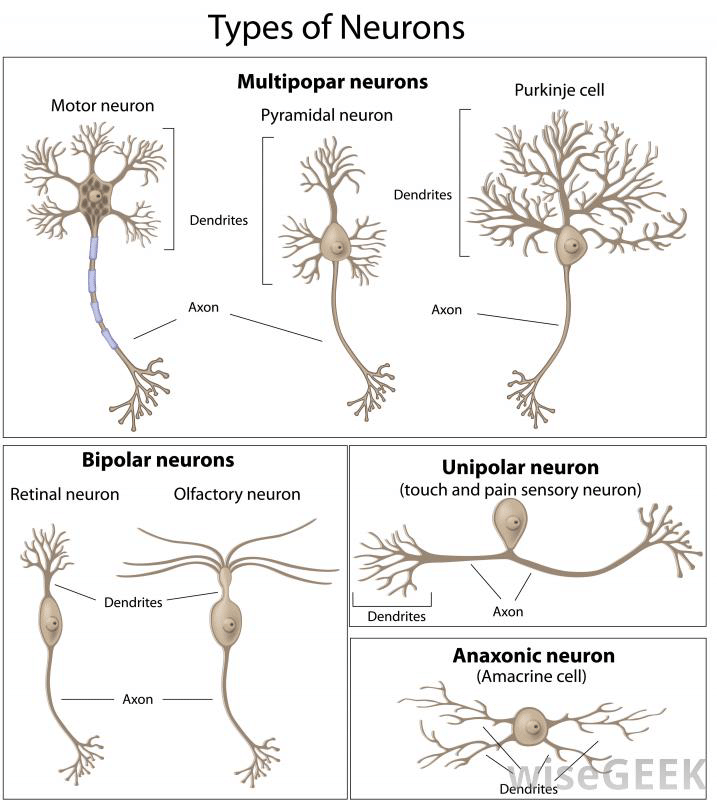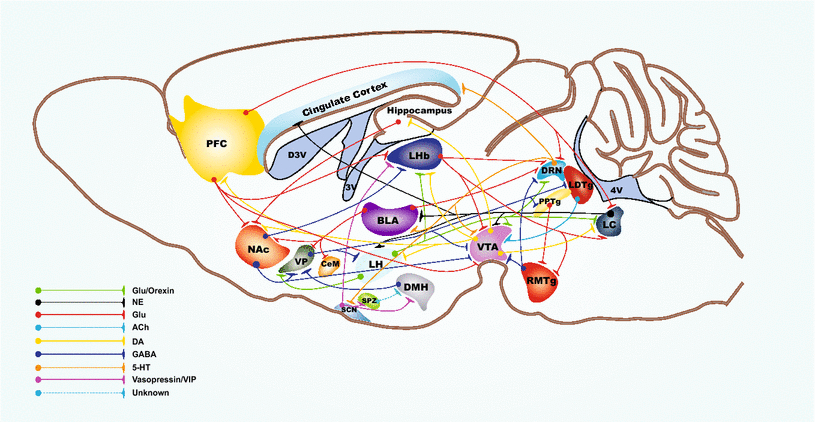The human brain, estimated to contain 86 billion neurons, is a complex network of specialized cells. Each neuron has a unique structure and function, contributing to the brain's ability to process sensory information, generate thoughts, and control actions. Understanding how these diverse neurons work together is a major challenge in neuroscience.
Specialized Roles of Neurons
Neurons fall into three main categories based on their function:
- Sensory neurons: These detect and transmit information about the environment and internal state to the central nervous system (CNS).
- Motor neurons: They carry instructions outward from the CNS to muscles and glands, controlling movement and other responses.
- Interneurons: These make up the majority of neurons in the CNS and act as intermediaries, connecting sensory and motor neurons and other interneurons. They can either amplify (excitatory) or dampen (inhibitory) signals, enabling intricate information flow.
Within these categories exist numerous subtypes with specific properties and connection patterns. For example, retinal ganglion cells have subtypes specialized for processing color or motion, and hippocampal interneurons have subtypes with distinct roles in memory.
Neural Circuits: The Key to Brain Function
The brain's true power lies in how neurons interconnect to form circuits. These circuits have precisely arranged synaptic connections, allowing for the integration of information from various sources. The strength and type (excitatory or inhibitory) of these connections determine how information flows within a circuit.
Scientists use advanced techniques to map these circuits, aiming to understand how specific connectivity patterns give rise to specific brain functions. This knowledge is crucial for unraveling the complexities of perception, decision-making, and behavior.
Resources for Studying Neuronal Diversity
Research on neuronal diversity and circuit function requires high-quality tools. Companies like Gentaur provide valuable resources specifically designed for studying the nervous system.
Understanding how different types of neurons collaborate in circuits is fundamental to modern neuroscience. By deciphering the principles behind this collaboration, we gain a deeper understanding of the remarkable capabilities of the human brain.
Learn more in the video bellow:

